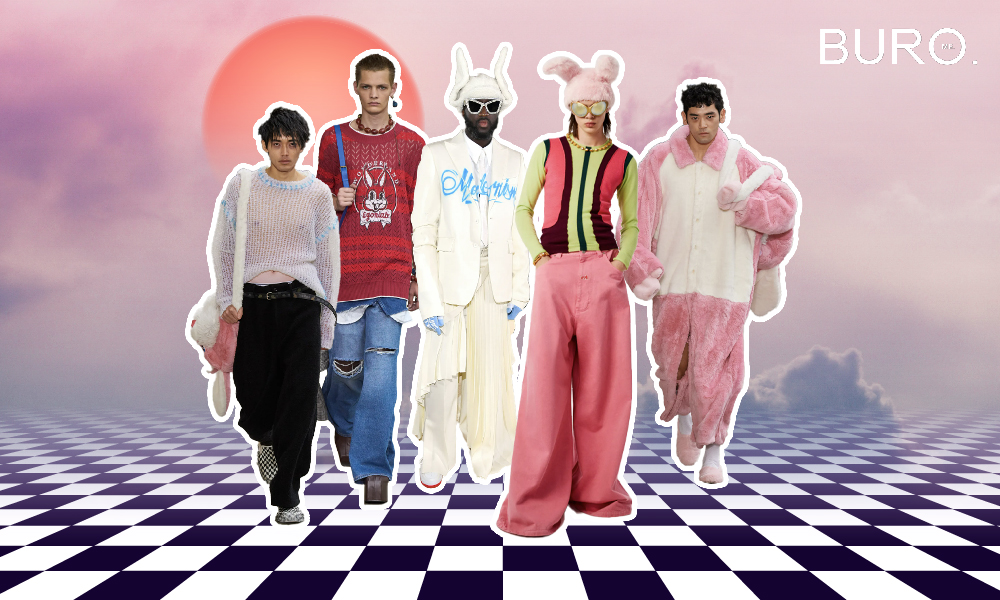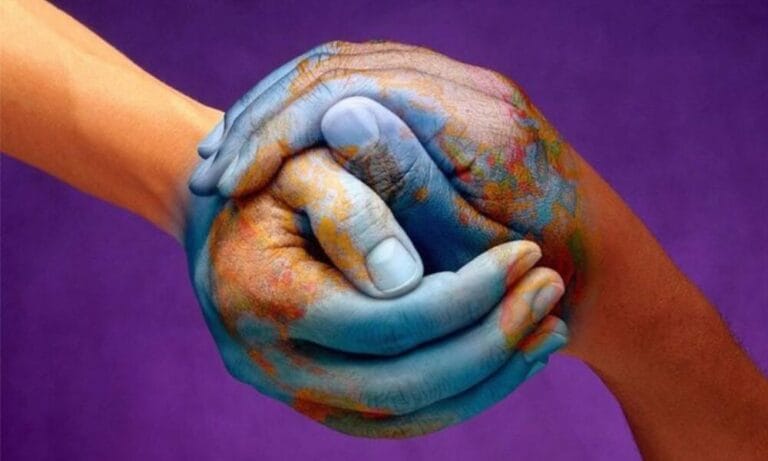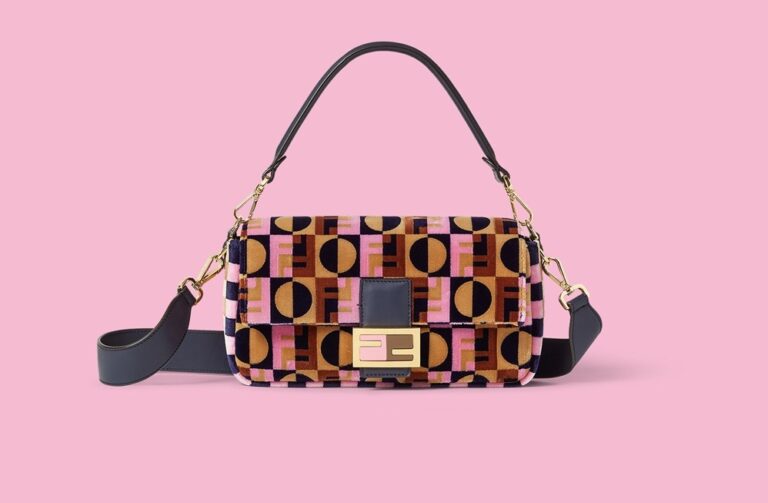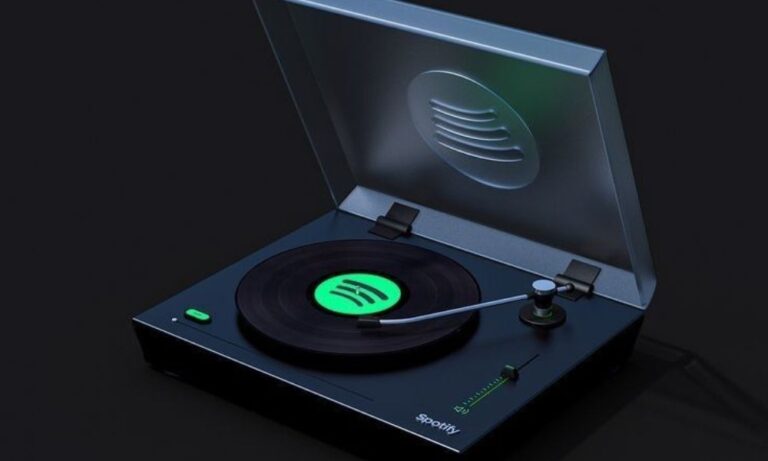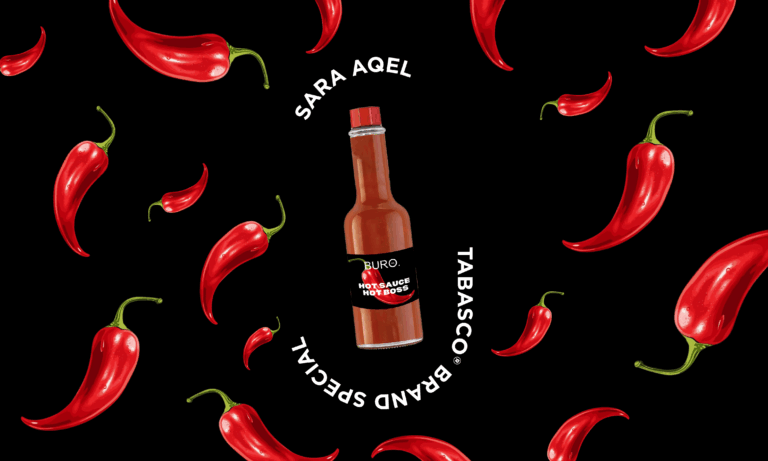The year of the rabbit in the Chinese zodiac calendar, and nevertheless the Easter Bunny we have just celebrated in April. I don’t know why I personally have mixed feelings about Mr. Bunny’s fluffy cute face, maybe because rabbits have been used to symbolize a range of contradicting qualities across cultures, from wisdom and healing to trickery and abundance. I found this time of the year a perfect opportunity to take you down the rabbit hole, exploring why rabbits have become a prominent feature in men’s fashion and the reasons behind its arrival.
But first. Who is the Rabbit Man?
The Rabbit Man is a popular character in Chinese folklore and known to be the luckiest out of all Chinese zodiac animals. On a side note, have you ever said “Rabbit, Rabbit, Rabbit” on the first day of the month? Saying “rabbit” three times (3 also being a lucky number) on the first of the month is an old superstition. It’s supposed to bring good luck to you for the rest of the month.According to Chinese astrology, people born in the year of the rabbit ( 1939, 1951, 1963, 1975, 1987, 1999, 2011 or 2023 ) are said to be quick-witted, creative, and empathetic. Now that sounds quite tempting, having Bunny Man ask you out on a date. Only seems like you need to watch out for the too quick with abundance aspect of his trickster charm.
The trend of men and rabbits in fashion really took off vividly when brands like Thom Browne, Gucci, Balenciaga, and Loewe started featuring the animal on their clothing and accessories. Gucci’s rabbit-themed collection for Men’s Fashion Week in 2017 was so well-received, and definitely complemented what we had visually acquired growing up with Disney’s famous character, Bugs Bunny in the 1940’s and then to Playboy’s logo in the 1950’s being a symbol of male sexuality. Rabbits, until today, are synonymous with amusement, whim and delicacy in the world of men’s dressing. This ongoing interest in rabbit motifs could also be attributed to the rise of meme culture and the use of social media platforms like Instagram and Ticktock as a tool to promote fashion. As memes became increasingly popular, images of animals – including rabbits – became a popular subject matter. Check out these insane Tick Tock figures definitely proving that Mr. Bunny is still in business: #rabbithole 361.4M views, #bunnyman 66.7M views, #rabbitman 1.2M views. Ok I just looked all these up again as I am writing to confirm my numbers, OMG that down the rabbit hole has come a long way since Alice last explored it.
You see what I mean when I expressed my mixed feelings towards Rabbits? It’s the complexity and contradiction of sensations associated with cute little Bun-Bun, from it being pure and innocent to a symbol of lust and sexual potency, that granted Bun-Bun a timeless carte blanche to men’s fashion. Especially because rebelling against the conventional, has always been a driving force behind menswear. What I am trying to also share here is that the rabbit’s distinctive visual value- the long ears, soft fuzzy fur, its cunning whimsical moves – creates an irresistible Bunny Effect source of inspiration. I could “Rabbit On” forever about Bun-Bun’s ambiguities, and the why or the “Who laid the colorful Easter Eggs in our garden?” But having said all of that I find it quite amusing that all these gifted names I am listing below are in fact Rabbit Men.
Michael Jordan, Albert Einstein, David Beckham, Johnny Depp, Brad Pitt, Quentin Tarantino, and Tiger Woods. Would you rather be the man that pulls a rabbit out of his hat? Or the one that prefers going down the rabbit hole? Something to think about!
ALSO READ: RAMESSESS THE 2ND IS BACK: MEN SKIRTS, YES OR NO?!
